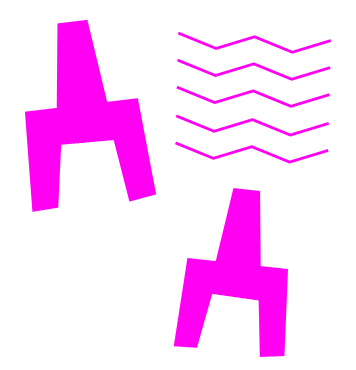Naloxone is a medication designed to rapidly reverse opioid overdose. It is an opioid antagonist—meaning that it binds to opioid receptors and can reverse and block the effects of other opioids, such as heroin, morphine, oxycodone and fentanyl.
Naloxone can be given by intranasal spray (into the nose), intramuscular (into the muscle), subcutaneous (under the skin), or intravenous injection. The most common type in Oklahoma is the intranasal spray, Narcan®.
